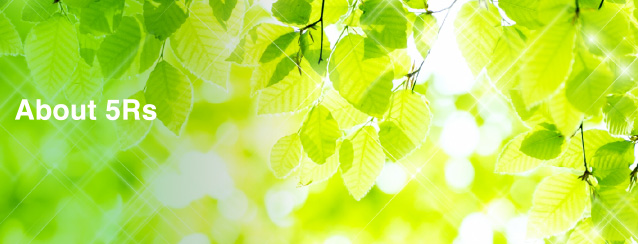Example of Creating Product
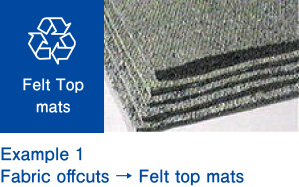
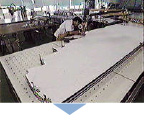
During the manufacture of clothes, about 20%-30% waste fabric is generated. In Japan, about 150,000 tons per year of waste fabric is produced as offcuts.
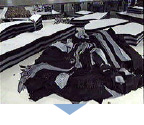
Synthetic fabrics generate toxic gases and high heat when burned, causing various problems including damage to incinerators.
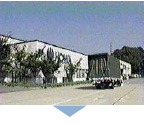
At Howa Co.,Ltd., we have been recycling waste fabric and offcuts since our foundation.

Offcuts are brought in and cut up finely.

A modifying agent and adhesive are added and the material pressed into sheets.
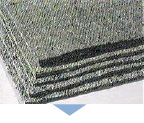
The felt top mats are complete.
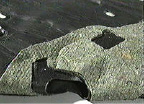
Felt top mats are used in parts such as dash silencers, etc.
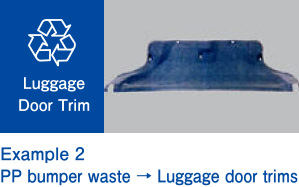

Factories that manufacture automobile bumpers also discard some bumpers due to things like defective painting, etc.
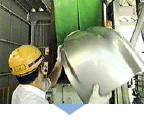
Previously, the only way to deal with such waste was by incineration. Polypropylene is strong and durable with excellent flame retardance and sound insulation properties. Howa Co.,Ltd. is aware of these properties and has developed a way of reusing this material.
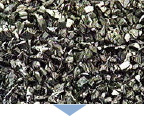
First of all, bumpers brought into the factory are pulverized.

A small amount of modifying agent is then mixed in.
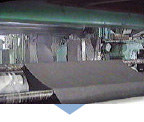
Next, the material is formed into sheets with a press molding machine.
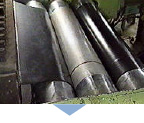
The surface material is further compressed.
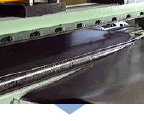
In this way, the bumper is reborn as a PP sheet.
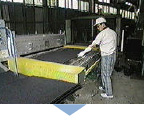
The PP sheet is heated and then shaped with a cold press.
It is also trimmed at the same time.
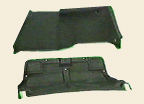
Through this process, discarded bumpers are recycled into car interior components such as luggage door trims (top) or deck side trims (bottom).

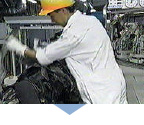
This is a factory that makes instrument panels for automobiles. The waste material generated here is polyvinyl chloride composite. If incinerated, it generates large amounts of chrorine gas, which has adverse effects on the environment such as deforestation due to acid rain, the production of dioxines, and so on.

The recycling of this waste material starts with the separation and classification of vinyl chloride and its other components.
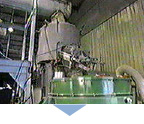
This sorting machine stirs the material, distends and separates it by frictional heat, and sorts it into urethane powder and polyvinyl chloride using their different specific gravities.
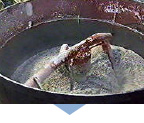
The vinyl chloride is mixed with a filling material such as calcium carbonate.
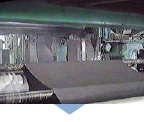
Next, it is processed into sheet form. This sheet molding machine adopts a calender system for increased productivity.
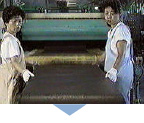
The vinyl chloride sheet is complete.
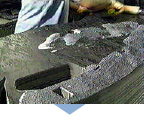
The vinyl chloride undergoes further processing, such as cementing to a sound absorbent material, etc.

In this way, the vinyl chloride is reborn as the surface material of dash silencers, which play a big role in separating the engine compartment from the passenger compartment.
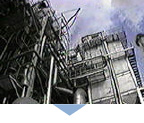
Fly coal ash, a waste product of coal-fired power stations, is also used in the surface material of dash silencers.
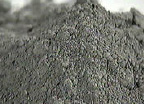
The fly coal ash is a filling material, which can be mixed with vinyl chloride instead of calcium carbonate and still meet quality requirements.

